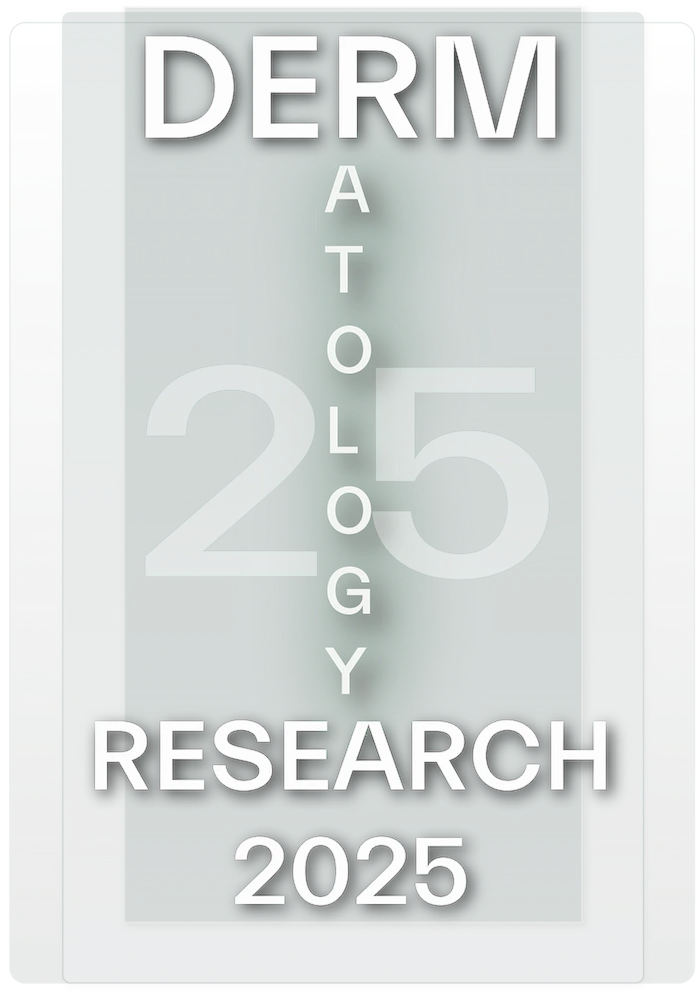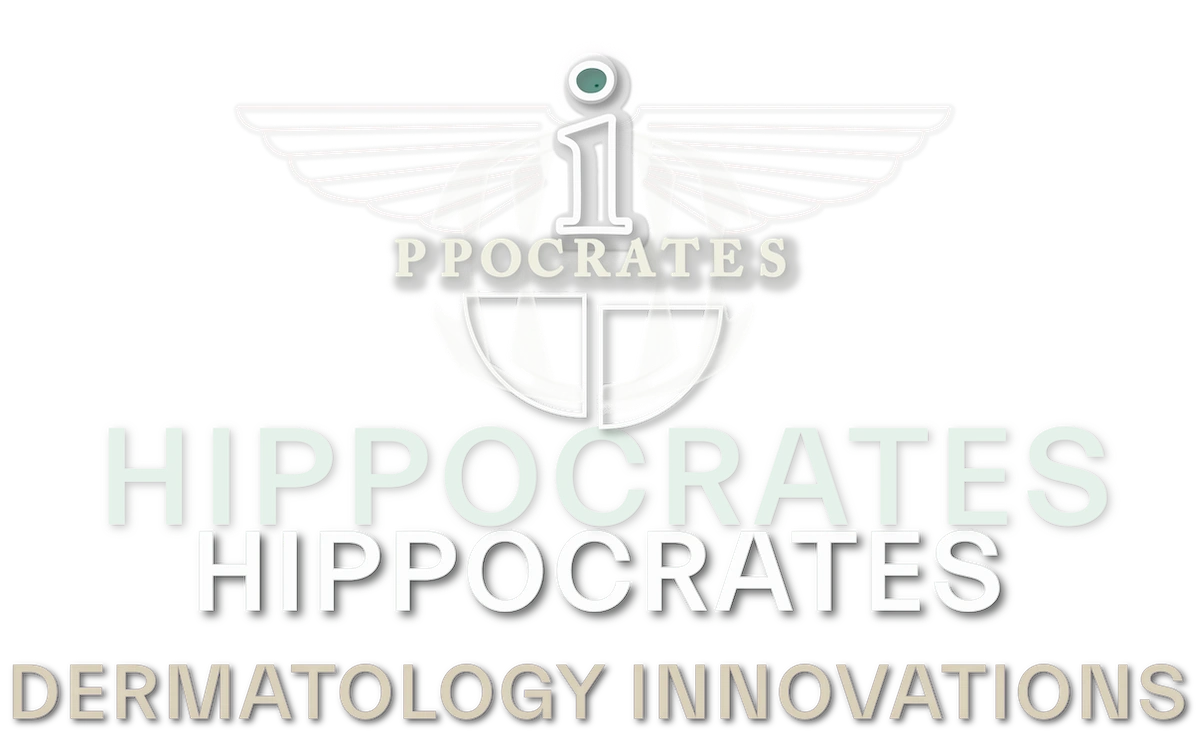

Laser resurfacing, dermabrasion and chemical peels are three most common office procedures for reduction of scars. Revision of facial scars is one of the indications for use of peels for acne scars treatments . This chemical revision methods employs a variety of caustic chemicals for removal of several layers of skin selectively. The peeling solutions are “painted on,” area-by-area of face, to ensure that the entire face is treated. After the skin heals, discoloration, wrinkles and other surface irregularities are often eliminated.
Peels are divided into three types: superficial, medium-depth, and deep. The type of peels for acne scars depends on the strength of the chemical used, and on how deeply it penetrates. Superficial peels are used for fine wrinkles, sun damage, acne, rosacea and superficial scar of face and neck areas. The medium-depth peel is used for more obvious wrinkles and sun damage, as well as for precancerous lesions like actinic keratoses and removal of severe acne scars. A deep peel is used for the most severe wrinkling, sun damage and scarring. Among Phenol chemical peels, trichloroacetic acid (TCA peels) and alpha hydroxy acids (glycolic peels) and beta hydroxy acids such as salicylic acid could be referenced.
Removal of damaged skin and acne scars begins several weeks before the actual peels for acne scars procedure. To promote turnover of skin cells, patients use a mild glycolic acid lotion or cream in the morning, and the acne cream tretinoin in the evening. They also use hydroquinone face cream, a bleaching product that helps prevent later discoloration. To prevent reappearance of a herpes simplex virus infection, antiviral medicine is started a few days before the procedure and continues until the skin has healed.
The physician cleanses the patient’s face using alcohol or another cleanser. Some degree of pain accompanies all types of peels for acne scars. For a superficial peel, use of a hand held fan to cool the face during the procedure is often sufficient. For medium-depth peels which may be applied to a skin with severe acne scar, the patient may take a sedative or aspirin. During the chemical procedure, cold compresses and a hand-held fan can also reduce facial pain. A deep chemical peel on face and neck can be extremely painful. Some physicians prefer general anesthesia, but local anesthetics combined with intravenous sedatives are frequently sufficient to control pain.
Within a day or so following a chemical treatment, the skin will turn faint pink or brown. Over the next few days, dead skin starts to fall off from the face. Patients will be instructed to wash their skin frequently with a mild cleanser and cool water, then apply an ointment to the skin to keep it moist. After a medium-depth chemical peel, the skin treated for acne caused lesions, turns deep red or brown, and crusts may form. Care is similar to that following a superficial treatment. Redness may persist for a week or more. Following a deep peel skin will turn brown and crusty. There may also be swelling and some oozing of fluid. Frequent washing and ointments are favored over dressings. The face and neck areas typically heals in about two weeks, but redness may persist. Deep acne scars do not benefit from chemical peels as much.
Glycolic Acid. This is the shallowest resurfacing procedure, which is performed by estheticians or plastic surgeons who use 40-70% glycolic acid or Jessner Peels over a series of treatments. This produces a very mild peel which is an excellent starting point for those uncertain about deeper peels for acne scars. One of indication of chemical peels is for a skin affected by severe acne forms such as cysts. Use of chemical peels not in conjunction with other methods for stand-alone treatment for acne is not indicated. Recovery could be as short as 24-48 hours.
TCA chemical peels(Trichloroacetic Acid) offers a medium depth chemical peel of varying degree depending on the concentration used. Generally a 20-35% solution is used. This chemical revision is a much stronger resurfacing than glycolic acid and is capable of producing marked improvement in problem areas on the skin. The usual result is a more natural skin color and texture with softening (but not removal) of deep wrinkles.
The TCA chemical peel requires 5-10 days recovery time during which the face gets darker, feels tight, cracks and become scaly (similar to a very heavy sunburn). A fresh layer of skin is left with no scab, bandages or bleeding. The peeling stage is not painful, but you will generally want to stay out of circulation, because of the appearance, until most of the facial skin has chemically peeled.
Cost of a treatment of chemical peel varies between $800 to $1200 depending on the size of the affected area. Time for recovery may vary between 2-4 weeks.
Skin resurfacing treatment using an at-home regimen is a lengthy approach to treatment of acne scars and requires patience. However, Hippocrates has developed an skin care tailored for acne scars using high-potency serums. This skin care changes your skin dramatically within one month. What will be more noticeable is the glow and smoothness in your skin rather than skin roughness and irregularities. Deep acne may never disappear completely, yet, your skin will divert into a skin strikingly different in terms of overall smoothness and radiance. Read also reduction of acne scars frequently asked questions. This acne scars serum takes six to twelve months to smooth away skin uneveness and irregularities, depends on their depth. Resurfacing serum works on the surface of the skin, epidermis, as well as deep within the dermis layer. It also benefits from retexturizing properties of retinol, AHAs such as glycolic acid and BHA’s.
Three-product kit for acne scars treatment also provides the skin with the nutrients it needs the most to make up for lost nutrients while the epidermis involves with skin renewal. The result is a new skin, where lesions are hardly recognizable because overall smoothness of the skin overwhelms the gradually-disappearing acne scars.